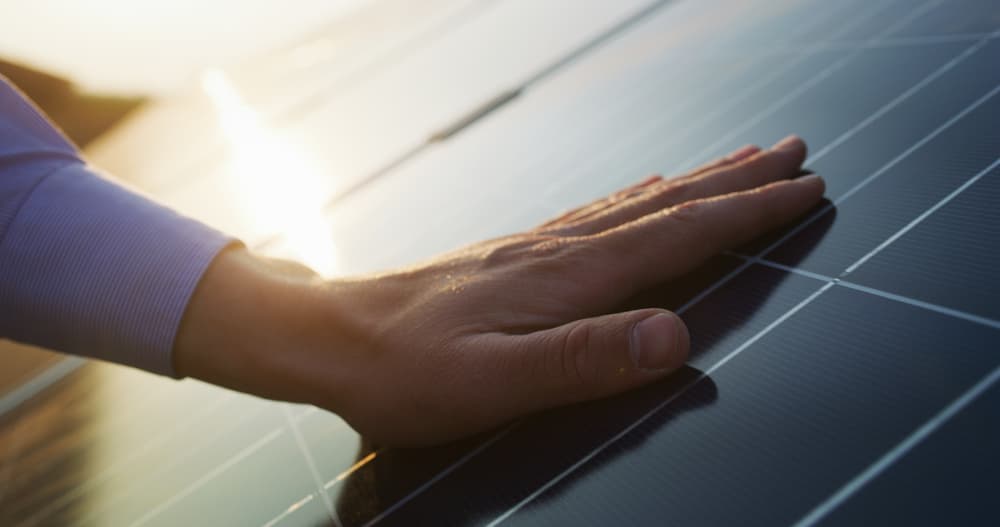Sweden’s Uppsala University is the new world record holder for electrical energy generated from CIGS solar cells, with 23.64% efficiency (the percentage of sunlight converted into energy).
Professor Marika Edoff from Uppsala University highlighted the technology’s potential for tandem solar cell bottom layer in a press release. The measurement was made by an independent institute and the results were published in the journal Nature Energy on February 19, 2024.
Solar panel efficiency is an important metric in determining how effectively sunlight is converted into electricity. Greater efficiency means that the solar panel can generate more electricity from the same amount of sunlight.
The proportion of sunlight that a solar panel can convert into usable power is referred to as conversion efficiency.
To achieve this milestone, Uppsala University collaborated with partners from the First Solar European Technology Center.
Until now, Japanese Solar Frontier was the record-holder, with its CIGS solar cells exceeding 23% efficiency. The new record was independently confirmed by the Fraunhofer ISE Institute in Germany.
What are CIGS solar cells?
CIGS solar cells are a special type of solar cell with normal window glass that includes layers of different elements performing a specific function. These layers are typically copper, indium, gallium, and selenide (hence the name CIGS), with additional layers of silver and sodium.
These layers are placed before the molybdenum back contact layer and beneath a transparent front contact layer. The CIGS layer is treated with rubidium fluoride, and the sodium layer reacts with rubidium to help electrons separate effectively, making the solar cell more efficient.
Improving solar cell efficiency involves maximizing light absorption and converting it into electrical energy while minimizing heat production.
The multiple layers in CIGS serve this purpose. Researchers used nano-XRF for compositional analysis, high-resolution TEM for cross-section study, and photoluminescence to examine electron flow. These insights aim to enhance CIGS solar cell performance.
The rise of tandem solar cell technology
Renewable energy, such as solar power, is gaining attention for its role in reducing carbon emissions while cutting costs at the same time. Despite the benefits, solar energy only covers 6% of global electricity demand.
Crystalline silicon, the most common solar cell, is cost-effective but has a limited 22% efficiency, leaving 80% of sunlight untapped.
Tandem solar cells are seen as a crucial upgrade to solar technology, boasting over 30% energy conversion efficiency. Despite their potential, the production costs of perovskite-based tandem cells remain a significant challenge that hasn’t been crossed yet.









